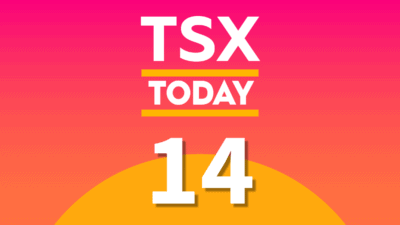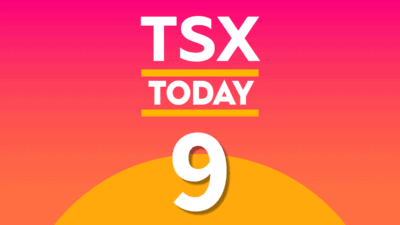The tax-filing deadline is fast approaching, and if you haven’t filed yet, it’s time that you pick up the pace. The late-filing penalty is nothing to scoff at. Also, you might be in the danger zone if you don’t take into account every dollar of taxable income or lose valuable opportunities if you don’t benefit from every tax break you are eligible for, just because you put it off till the very last days.
The 2020 taxes might be a bit different from the ones you’ve filed before, especially if you received benefit payments.
The two taxable benefits
The two “taxes” or, rather, taxable income sources that you shouldn’t forget about when filing your taxes this year are CERB and CRB. You also shouldn’t mix the two up. The CERB came from the CRA as a $2,000-a-month benefit payment. So, all of it will be added to your taxable income, and you are obliged to pay taxes on it at your marginal rate.
The CRB, however, came pre-taxed. The CRA withheld 10% of the CRB benefits before releasing the payments, so their tax burden might be a bit lighter than the CERB. Both the discontinued CERB and the currently functional CRB came at a time when millions of Canadians desperately needed financial assistance from the government.
One way to make the tax burden sting a bit less is to think of it as replenishing the government’s coffers that it uses to issue benefit payments like these. Another way is to offset the taxes using a convenient deduction.
The RRSP contributions
The RRSP contributions can help you get quite a sizeable deduction, especially if you are contributing the full amount. But perhaps more important than the size of your contributions is the asset you choose to grow them. One contender is the Champion Iron (TSX:CIA) stock. The company is headquartered in Australia and trades on the local stock exchange as well.
Currently, all of its flagship and exploration projects are in Canada (most are in Quebec). It has a market capitalization of $2.89 billion and a very strong balance sheet. The cash and investments of the company are almost double the debt it carries. The company is focusing on “greener” steel production and catering to the rising demand for low-contaminant products.
The stock grew at an impressive rate in the last five years, and not all of its growth can be tied to the after-crash momentum of the market. It grew over 900% between April 2016 and March 2020 (before the crash). Despite such impressive growth, the company is not nearly as overvalued as it could be. And if it can sustain even half of its five-year CAGR of 94% for the next five years, it can turn $10,000 in your RRSP to over $60,000.
Foolish takeaway
Unlike the RRSP, the TFSA contributions can’t help you offset your tax obligation. But they can help you in other ways. For example, if you had a sizeable enough nest egg in your TFSA when the pandemic hit, you wouldn’t have needed the CERB or CRB to survive. You could have relied on your own savings to financially sustain you until your lost income sources returned.








